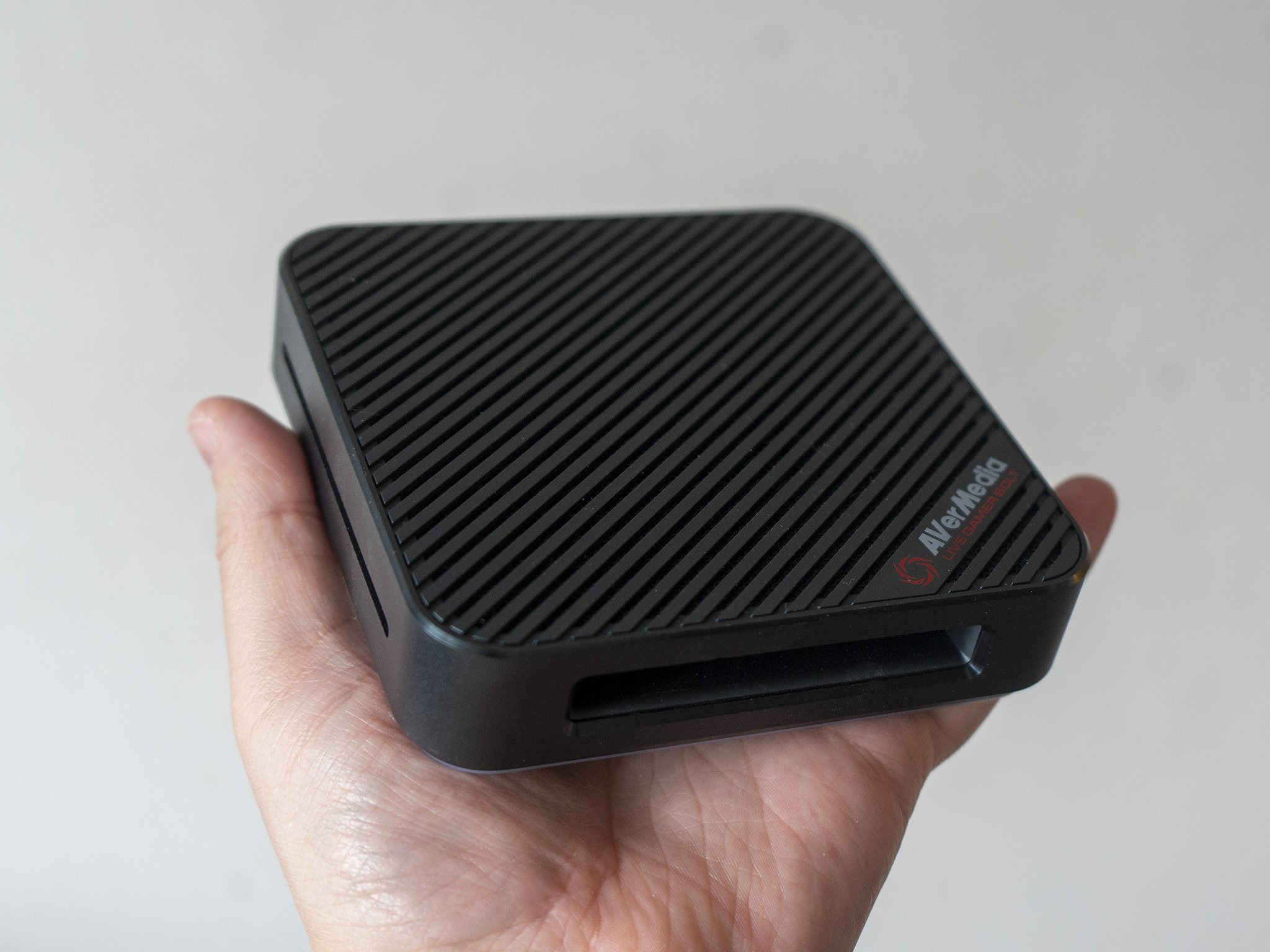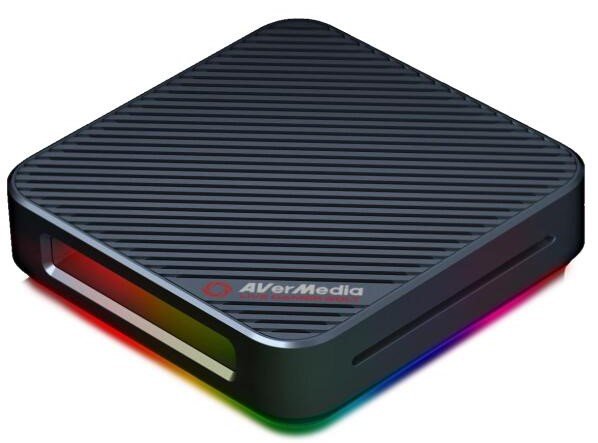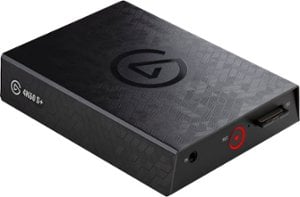AVerMedia Live Gamer Bolt vs Elgato 4K60S+: Which should you buy?


Lightning Fast
It's quite expensive and it won't work at all without Thunderbolt 3 but this monstrous capture card is ready for the next-gen consoles and highest quality PC or console captures.
For
- 4K60 HDR capture
- 1080p at up to 240 FPS
- Thoughtful design
- Stunning quality footage
- Virtually no impact on system resources
Against
- Requires Thunderbolt 3
- Pricey

All-in-One
The 4K60S+ is an tremendous all-in-one capture solution for PC or console and the fact you don't need a PC to operate it at all makes it perfect for the travelling gamers.
For
- Convenient size and weight
- Great encoding
- Optional power for recording without an attached PC
- Includes multiple plug types for different regions
- Standard sized SD card slot
Against
- Can get surprisingly hot when plugged in
- Only way to turn it off is to unplug it
On the face of it these two capture cards look like they're targeting a similar type of buyer, but that's not clear cut. Both have their own niche appeals, some common ground, and some areas where they do things better than the other.
AVerMedia Live Gamer Bolt vs Elgato 4K60S+ tech specs
| Header Cell - Column 0 | AVerMedia Live Gamer Bolt | Elgato 4K60S+ |
|---|---|---|
| Interface | Thunderbolt 3 | USB 3.0 |
| Input | HDMI 2.0 | HDMI 2.0 |
| Output | HDMI 2.0 (cable included)HDR support | HDMI 2.0 (cable included)HDR support |
| Supported resolutions | Up to 2160p (4K) at 60 FPS, 1440p144 or 1080p240 and 140Mbps bitrate | Up to 2160p (4K) at 60 FPS |
| Format | h.264, h.265 | HEVC, h.264 |
| Encoder | GPU encoding | Built-in hardware encoder |
| Maximum bitrate | 240 Mbps | 200 Mbps |
Key differences and similarities
Looking at the hardware there are some key differences that can affect which you buy. The most obvious is that the AVerMedia Live Gamer Bolt requires Thunderbolt 3 to operate at all. If you don't have it, you can't use it, and that rules out a number of PCs, including virtually anything running on an AMD Ryzen CPU.
What does Thunderbolt 3 give the Live Gamer Bolt? Insane bandwidth — up to 4K at 60 FPS. You not onlyi get crisp captures at up to 240 Mbps bitrate, but latency is so low you'll never notice it. The Elgato 4K60S+ latency is still very good, but the Bolt is five times faster in this regard.
By contrast the 4K60S+ uses a regular USB 3.0 interface, making it more accessible to anyone with a fairly modern PC. The 4K60S+ can still crank out up to 200 Mbps bitrate, which is hardly shabby, but each handles encoding in a different way. The Live Gamer Bolt makes use of the GPU in your PC to encode video, and as such, the overall impact on your system is virtually nil. The 4K60S+ is similarly easy on resources, but instead uses its own built-in hardware encoder.

Perhaps the biggest difference, and possibly the real make-or-break moment for buying one over the other, is that the 4K60S+ has a built in SD card slot. This makes it completely operational without the need for a PC, so if you're in the business of traveling about while gaming, perhaps to special events, you can still capture amazing looking content.
Is this a niche appeal? Almost certainly, but without products like this to fill such a niche we'd be worse off.
Where the Live Gamer Bolt takes a pretty big stride forward over the 4K60S+ though is in its frame rate capabilities, in no small part thanks to the Thunderbolt 3 connection. The 4K60S+ is limited to 60 FPS for capture and passthrough, where the Bolt can go up to 240 FPS on 1080p and 144 FPS at 1440p. This makes it particularly appealing to dual-PC streamers who want a 60 FPS encode for their stream but still want to play at high frame rates.
Get the Windows Central Newsletter
All the latest news, reviews, and guides for Windows and Xbox diehards.
Perfect for next-gen and dual-PC streamers
The AVerMedia Live Gamer Bolt is an incredible piece of hardware, matching the company's flagship internal PCIe capture card in basically every way, without the requirement for a slot inside your PC to run it.
With the increasing popularity of gaming laptops and small-form systems, there's definitely a place in the market for this. If you're looking for the absolute highest quality captures, you're getting ready for next-gen consoles or you're a dual-PC streamer who cares about high-frame rate gaming, this is the one to buy.

Finally a true match for the best internal capture cards
Using the power of Thunderbolt 3 what the Live Gamer Bolt delivers is truly astonishing, with laptop gamers in particular now able to tap into serious quality captures.
A unique capture card
The Elgato 4K60S+ has a couple of standout features, including its own hardware encoder and built in SD card slot. If you're someone who frequently travels or just needs to be able to capture footage without needing your PC handy, then this is absolutely the box to get.
It falls short in some areas like frame rate for both capture and passthrough, but it's more accessible to more people and a little more affordable, too.

Richard Devine is a Managing Editor at Windows Central with over a decade of experience. A former Project Manager and long-term tech addict, he joined Mobile Nations in 2011 and has been found on Android Central and iMore as well as Windows Central. Currently, you'll find him steering the site's coverage of all manner of PC hardware and reviews. Find him on Mastodon at mstdn.social/@richdevine
